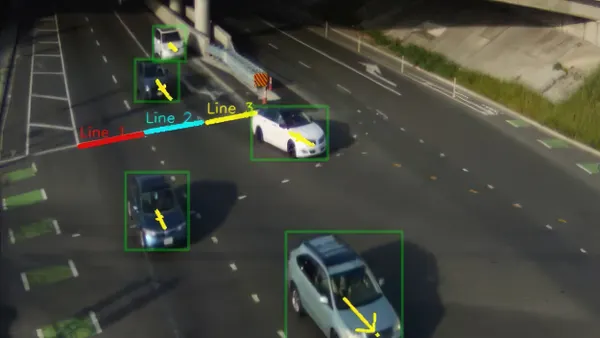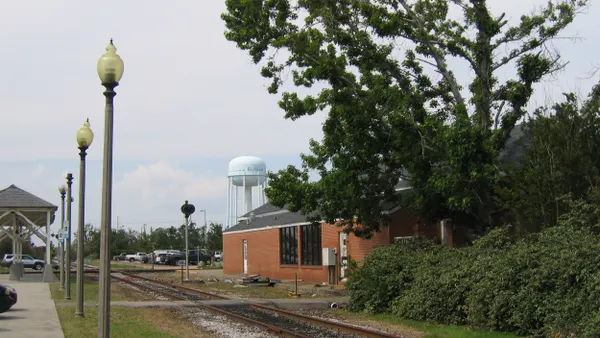New York’s state comptroller issued a stark warning on Thursday that, as reduced ridership levels persist, the Metropolitan Transportation Authority will face increasing deficits beginning in 2025.
“Unless there is an additional influx of city, state or federal aid, the MTA is facing stark options for closing its budget gaps that will impact riders,” State Comptroller Thomas DiNapoli said in a press release. “The MTA needs to lay out what is at stake and explain to the public what options it’s considering to close budget gaps and how it can adjust to continued low ridership levels and shift service to meet changes in demand.”
The largest transit system in the U.S. is just one of many facing service or budgetary cuts due to reduced ridership following the pandemic. The Washington Metropolitan Area Transit Authority, Southeastern Pennsylvania Transportation Authority (serving the Philadelphia region), and San Francisco Bay Area Rapid Transit District are struggling with ridership ranging from 38% to 53% of pre-pandemic traffic. Federal COVID-19 relief funds have enabled these and other agencies to continue providing service, but are quickly running out. By January 2024, most agencies will have exhausted all their COVID-19 funding, according to the American Public Transportation Association.
Weekday subway and bus ridership on the MTA remain at about 60% of the pre-pandemic average, as do the agency’s commuter rail lines. Compounding the problem of low ridership, the comptroller’s report showed that fare revenue has fallen even further than ridership. In 2019, fares covered 51.1% of the MTA’s overall operating costs; as of May 2022, fares covered just 31.9% of these costs.
As of March this year, the MTA's total federal pandemic relief aid exceeded $15 billion. After 2025, that money will be used up, leading to structural deficits of $2 billion or more, according to the comptroller’s office.
The comptroller’s report lays out several options for the MTA: cutting service to meet reduced demand; staffing or maintenance reductions; reduced capital spending; fare hikes; or increasing service with more frequent trains and more service where and when ridership is higher.
"Governor Hochul must make a strategic, new investment in frequent service to save our public transit system from collapse,” said Danny Pearlstein, policy and communications director at the Riders Alliance, in an emailed statement. “With ridership stalled at 60% of 2019 levels, public transit needs to be better than before the pandemic to get more New Yorkers and visitors on board buses and trains.”
The MTA also faces questions on how to fund its $55 billion 2020-2024 capital program. The agency is counting on $15 billion from New York’s congestion pricing plan, but that proposal is still undergoing review by the Federal Highway Administration.
The comptroller’s report showed that the MTA is also relying on billions in federal formula and discretionary grants along with debt financing for its capital program, and urged the agency to prioritize its projects in case it needs to “provide budgetary flexibility.”











